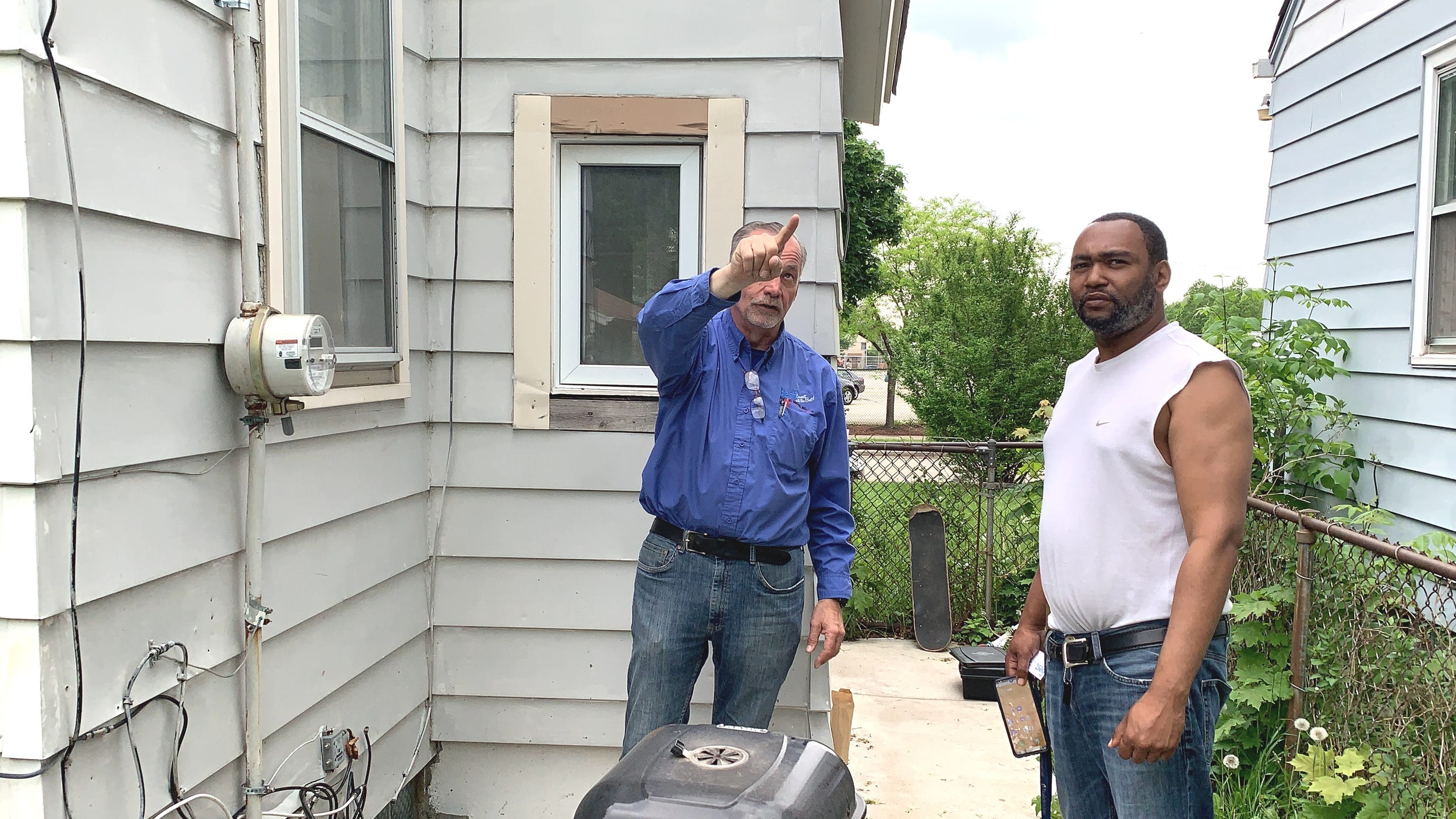Behind the walls of almost every home, a powerful energy force snakes through ceilings and down floorboards, traveling close to the speed of light. Out of sight, electricity is hardly noticed – unless it jumps off course, escaping through a frayed wire, loose connection, or overheated outlet. When that happens, it can heat to temperatures hotter than the sun and vaporize most anything in its path. In theory, its destruction does not discriminate.
In Milwaukee, it does. Fires suspected to be started by faulty electrical wiring scorch homes in Milwaukee’s poorest ZIP code at five times the rate of the rest of the city. The people affected the most: low-income Black renters.
Reporters at the Milwaukee Journal Sentinel wondered: How many homes in these neighborhoods have hidden and potentially dangerous electrical problems? And could the problems be identified before a fire broke out?
To address these questions, the Journal Sentinel hired a master electrician and designed a study in which the electrician inspected randomly selected homes in the city's poorest neighborhood. He checked for loose wiring, poorly grounded outlets, missing panels, and a host of other issues. What he found had renters applauding and landlords scrambling.









